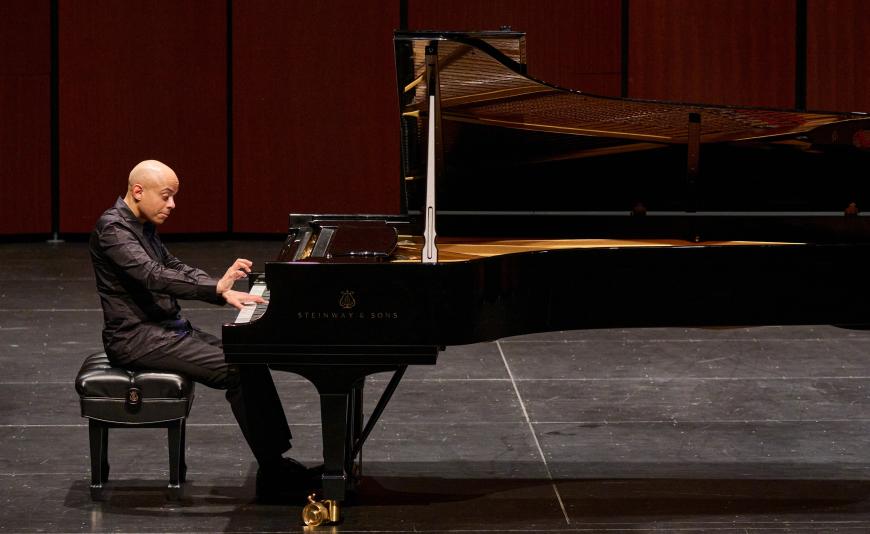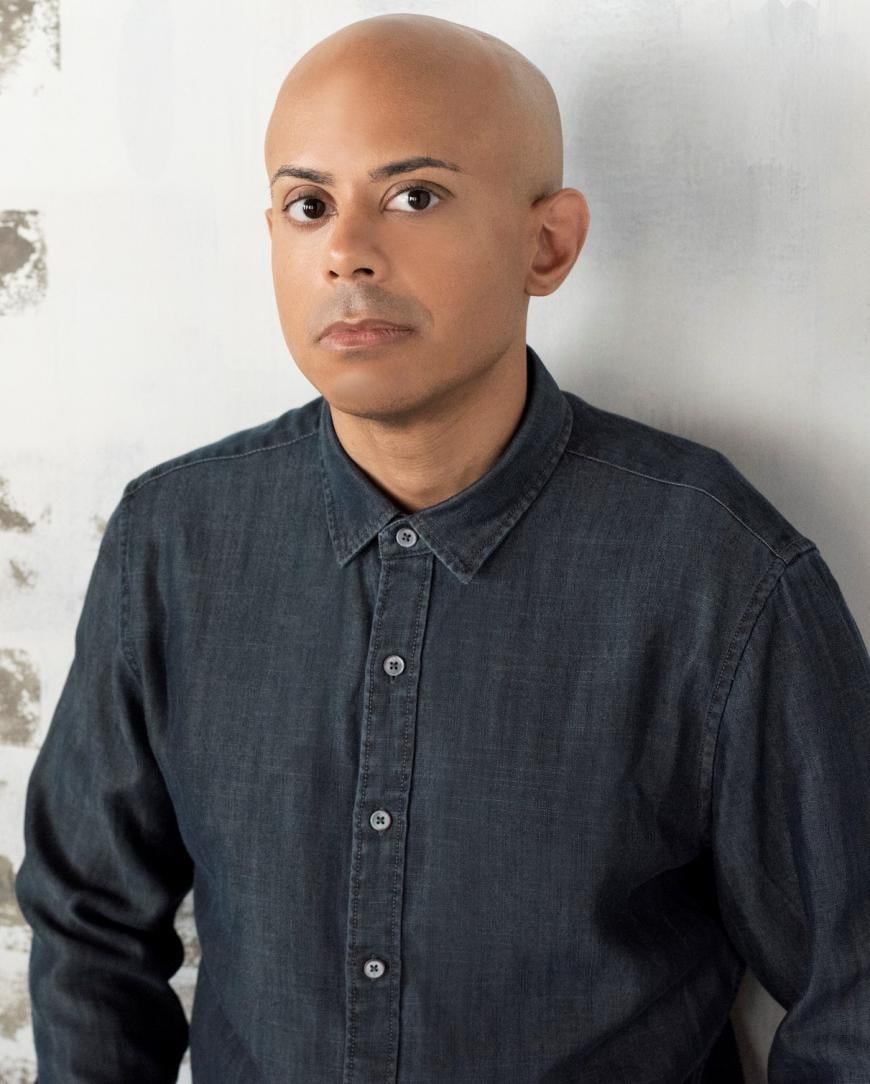
Stewart Goodyear is definitely a skilled, technically impressive pianist. His 13-hour marathon performance of the complete Beethoven sonatas probably deserves a citation in The Guinness Book of World Records. But his recital Saturday, Oct. 15 at the Wallis Annenberg Center for the Performing Arts in Beverly Hills was a strange affair fraught with missteps, both in its lack of communication and its execution.
It didn’t bode well when Goodyear and moderator Brian Lauritzen gathered for a preconcert talk and spent much of the time discussing how Franz Liszt was the major influence on the program. It would have been nice to hear more about the contemporary music on the bill.
During their chat, Goodyear spoke of his penchant for improvisation and decision-making on the spur of the moment. Then, without so much as a hint to the audience, he drastically altered the sequence as listed. Perhaps he never saw the printed program.

As announced, the recital would open with Jennifer Higdon’s Secret and Glass Gardens, followed by Claude Debussy’s “La cathédrale engloutie ” (The sunken cathedral), Goodyear’s own composition Phoenix, Anthony Davis’s Middle Passage, and ending with Debussy’s L’isle joyeuse. The second half would be dedicated to a performance of Beethoven’s Sonata No. 29 in B-flat Major, Op. 106 (“Hammerklavier”).
In the concert, Middle Passage came close on the heels of the Higdon, followed by Goodyear’s fluttering Phoenix, with the two Debussy pieces back to back to end the first half.
It might not have been a problem if the works were familiar. But it’s safe to say there were very few (if any) people in the audience who were conversant with all three of the contemporary compositions. When you commission or perform new music, you want to be the composer’s advocate and to communicate with the audience in any way that can help them understand and enjoy the music. Instead, Goodyear created confusion and the sense of being adrift.
The pianist could have made up for this by giving us a heads-up from the piano bench before playing. That is not Goodyear’s style. His performance practice, at least on this occasion, was rigidly formal: enter, bow, play. It’s hard to escape the feeling that Goodyear missed opportunities here, to the audience’s detriment.
Musically, the opening performance of Higdon’s Secret and Glass Gardens went well, as Goodyear developed the composer’s succession of geometrically expanding themes, from micro to macro. This nod to his mentor at the Curtis Institute of Music was bold, bright, and magnetic.
It didn’t take too many notes to figure out the next piece (listed on the program) was not Debussy’s “Sunken Cathedral.” Later, with the help of YouTube, I realized the work was Davis’s Middle Crossing. That YouTube performance, not by Goodyear, was far better than Goodyear’s live one.
The instrument itself did not help matters — an exceedingly bright Steinway without a hint of mellowness. Goodyear is also a pedal stomper, which produced twanging metallic overtones in the lower register. Subtlety and warmth were not on the menu.
If it is possible to detect specific emotion in a performance, Goodyear’s rendition of Beethoven’s sonata certainly seemed angry. He played at breakneck speed, alternating light, crystalline phrases with hammer-blow attacks, making the “Hammerklavier” live up to its name. It felt like a 100-yard dash to the finish line that only took time during the emotional third movement to catch its breath. It was the capstone to an odd evening.


